So you can “Finish School” in 2 Hours a Day, Then What?
Key Points
-
AI-powered tools like those used by Alpha School show potential in addressing Bloom’s 2 Sigma problem by personalizing and optimizing learning effectively.
-
Beyond AI and tech, the focus must shift to creating purposeful, co-designed experiences that enhance real-world skills, agency, and human connection.
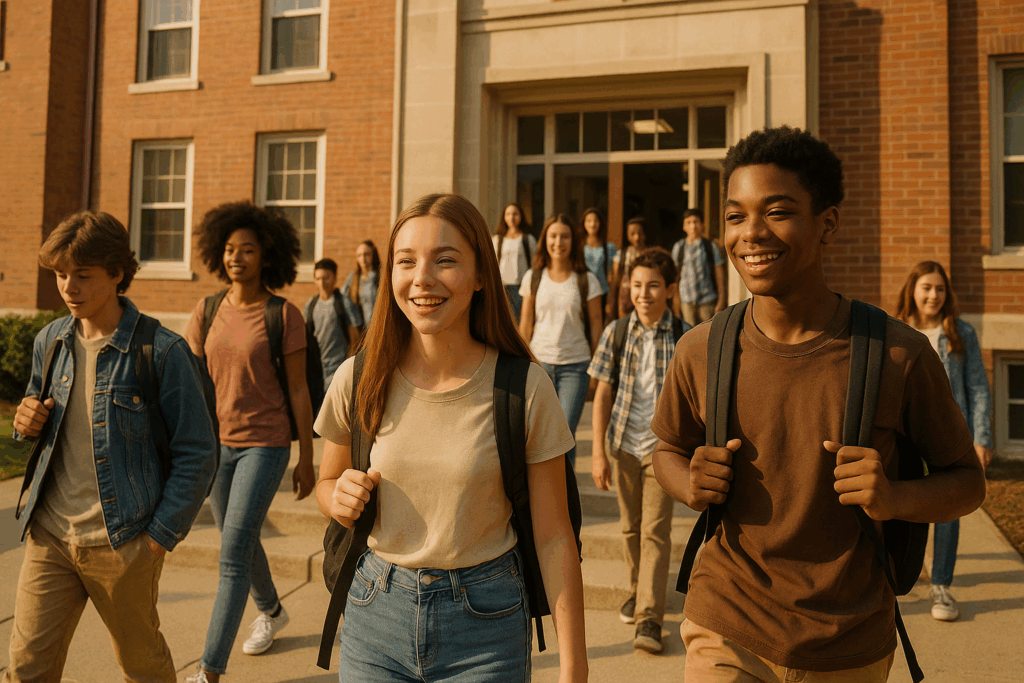
Messaging is everything, and recently, Alpha School (a private tuition-based school) has been everywhere. From Hard Fork from the New York Times to Op-Eds everywhere, the “two-hour AI school day” that is “self-paced and mastery-based” and “getting rid of teachers” has officially created a buzz. We even talked about it on a recent episode of Catching Up.
While some partners report that it is actually more like 4 hours of AI school, it represents an early bet on solving Bloom’s 2 Sigma problem, which posited that students who were tutored 1:1 using mastery approaches to learning outperformed 98% of the students in the control group—performing two standard deviations above the mean. If AI-powered tools can get closer to effective mastery-based 1:1 tutoring, student outcomes are expected to improve.
Can AI tools improve student outcomes in core skills?
Alpha’s initial results from their private school (albeit limited) are quite positive. In the 2024-2025 academic year, its K-2 students scored in the top 0.1% nationally (see MAP scores here). Across all K-8 students, they tested in the top 1% in the country. The average SAT score for an Alpha 11th-grader was 1535, and even ninth-graders averaged 1410 on the exam.
We will see if these results continue to play out in the wider public education spaces. Attempts at Alpha public charter schools have met with low enthusiasm among some parents and students, but the engines described below focus on the tools rather than the schools, which may be more palatable in the public sector.
So what is actually going on under the proverbial hood? The engine behind Alpha Schools is a company called Trilogy, which provides two main functions. Trilogy aggregates a collection of existing adaptive learning tools such as Aleks, IXL, Grammarly, Rocket Math, Amira, Lalio, Teach Tales, as well as homegrown tools like AlphaMath, AlphaRead, and AlphaWrite (here is recent review of the 25-26 tech stack). These apps show up often in K-12 education. Second, Trilogy has built two key tools. The first tool, Incept, aggregates the performance of a learner across multiple adaptive learning tools to build a recommendation engine to optimize learning. The second tool, Timeback, is an operating system that attempts to replicate a 1:1 tutor, specifically focused on measuring, regulating and improving attention time (and thus reducing distraction time) with live visual recording of the user. While there is likely to be eventual legal pushback from students based on other AI surveillance lawsuits across the country, this is a harbinger of a new level of adaptivity.
It seems likely that when AI becomes ambient (all around us), students may more effectively learn. Trilogy and Alpha School is testing this hypothesis to address Bloom’s 2 Sigma problem. While it remains to be seen if this particular solution will be the answer, we believe that it is likely that a solution like this—an aggregated tech stack of personalized adaptive tools, an AI analytic and recommendation model that understands a student’s performance across the tech stack, and incentives/tools to capture focus and attention will continue to grow in importance. The focus of these tools, in partnership with educators, should be to address the continued core skill challenges as exemplified in the recent NAEP scores. The downside is a gamified, high-surveillance, extrinsic reward learning system needing increasingly more sophisticated engagement tools to combat a world constantly competing for attention spans that are getting shorter and shorter. In interviews with WIRED, it seems that the high-pressure culture of Alpha School has some parents and learning guides dubious of the efficacy and novelty of the model.
Alpha School isn’t a silver bullet, but the shape of the model is one that is worth considering as AI continues to grow in capability and adoption. While the technology will likely have large impacts on our current metrics of learning (literacy rates, math, etc.), the bigger opportunity may be the rest of the learning day… the “what happens after the 2-hour block?”.
Experiential Learning is the Point, Not a Bonus
We are strong believers in the research behind experiential learning. Research that states that high-quality learning happens in a community, with real agency and co-design, and doing work that has real purpose. Service experiences, civic experiences, work-based experiences, arts experiences, athletic experiences, immersion experiences, and more have transformative effects on all people. These experiences develop skills, foster social capital, and reveal growing responsibility and challenge. Experiences become the evidence behind competencies, competencies form the foundation of credentials, and AI-powered systems help translate that accumulated evidence into a set of visible, valuable signals recognized by schools and employers alike.

In a world where students get a lot of their daily time back, that creates a huge opportunity to fill that time with meaningful experiences. This is bigger than real-world learning and bigger than hands-on learning—an education system that is structured around meaningful, co-authored experiences is fundamentally an education system that is focused on human development.
We define valuable experiences as:
- Experiences that have purpose as opposed to only helping students well on a test.
- Learning that is designed by students.
- Experiences that connect to the lived experience of the students.
In a recent episode of the Getting Smart Podcast, Ronald Dahl shares:
“Creating opportunities not only for young people to make a difference but also to have that difference be recognized and to have these authentic feedback loops—where others are recognizing how they’re making a difference in ways that can keep growing—is very much a growth model. These are really important.
The other thing that goes hand in glove […] is that one of the things young people are naturally navigating in this phase of life is that the ways to gain power and influence involve both cooperation and competition. It’s why sports are so interesting, right? Because so many sports are competitive. They tap into the part of us that likes competition at some level.
But if you’re part of a team, and if being effective requires cooperating with other people, this is probably part of our species-level development. Cooperation becomes critical as we hit this next phase of life and development. As we move from a juvenile period—where, yes, we have friends—suddenly the stakes go up. We’re developing a reputation as individuals in a new way. We’re developing a capacity to contribute in new ways, and we’re motivated to gain value by giving value. Trying to do that alone has a lot of limitations. Being cooperative and developing pro-social skills is key, and yet there’s inherently a competitive nature that stirs itself in that.
This experiential learning—not only about how we contribute, how we matter, and how we make a difference, but also about being nimble between learning how to compete and cooperate—is key.
If you’re in a zero-sum game situation—let’s say you’re in an academic system where only the top 3% of performers make it and everyone else feels like a loser—that is not conducive to what we’re talking about. If there are 20 different niches for contributing in sports, clubs, technology, creativity, drama, or being the facilitator for people getting along, then you get a great dynamic. You compete, you cooperate. If it gets appraised as a zero-sum game of just winners and losers, there are a lot of losers at a key formative period of their life.”
Unfortunately, barriers to this future exist:
- The traditional K-12 system is not designed to incorporate rich experiential learning. In order to develop the aptitude and skills to successfully complete real-world experiences, one must link experiences to place, project and profession.
- Subject areas’ boundaries are very established and taught in isolation, more so when students get older.
- Educators are not trained in learner-centered, personalized, and project-based approaches critical to real-world learning.
- The real-world (i.e., community outside of school) is not adapted to accommodate these types of experiences.
- It’s difficult to track and measure these kinds of experiences.
What do we measure during experiences?
In education, we’ve been confronted time and time again by Goodhart’s Law, which states, “When a measure becomes a target, it ceases to be a good measure.”
The target of education should be the development of pro-social, collaborative humans through purposeful experiences, but our education system is built on what we can measure (seat-time, standardized tests, etc.) thereby making something as authentic and emergent as personalized experiences incredibly difficult. From Skills Validation to new approaches to Durable Skills Assessment, there are many theories for how to measure capability with higher fidelity. In fact, we have our own theory for how we can get started. Unfortunately, these changes to measurement and communication require remarkable amounts of coordination and long time horizons for testing.
As Dr. Tony Wagner and Dr. Ulrik Christsen emphasized in a conversation with Tom Vander Ark, making learning visible goes beyond technical steps; it fundamentally changes how we define, measure, and communicate mastery. They argue that achieving mastery requires developing judgment, motivation, and context through experience, meaning the future of skills cannot be boiled down to a mere checklist.
With a system like Alpha’s, the two hours of screen-based learning will be highly documented, much like standardized tests are now. Meanwhile, the invaluable experiences that should fill the rest of the day will remain incredibly difficult to document. And in an AI-driven world, what isn’t measured may cease to matter.
It feels as if AI might be part of the solution to the two-sigma problem, and yet, our greatest work may be in making the rest of the learning experience relevant, purposeful and connected to the “real-world”. This is why transforming learning systems with approaches like the Learning Innovation Framework has never been more important. Let’s get started.
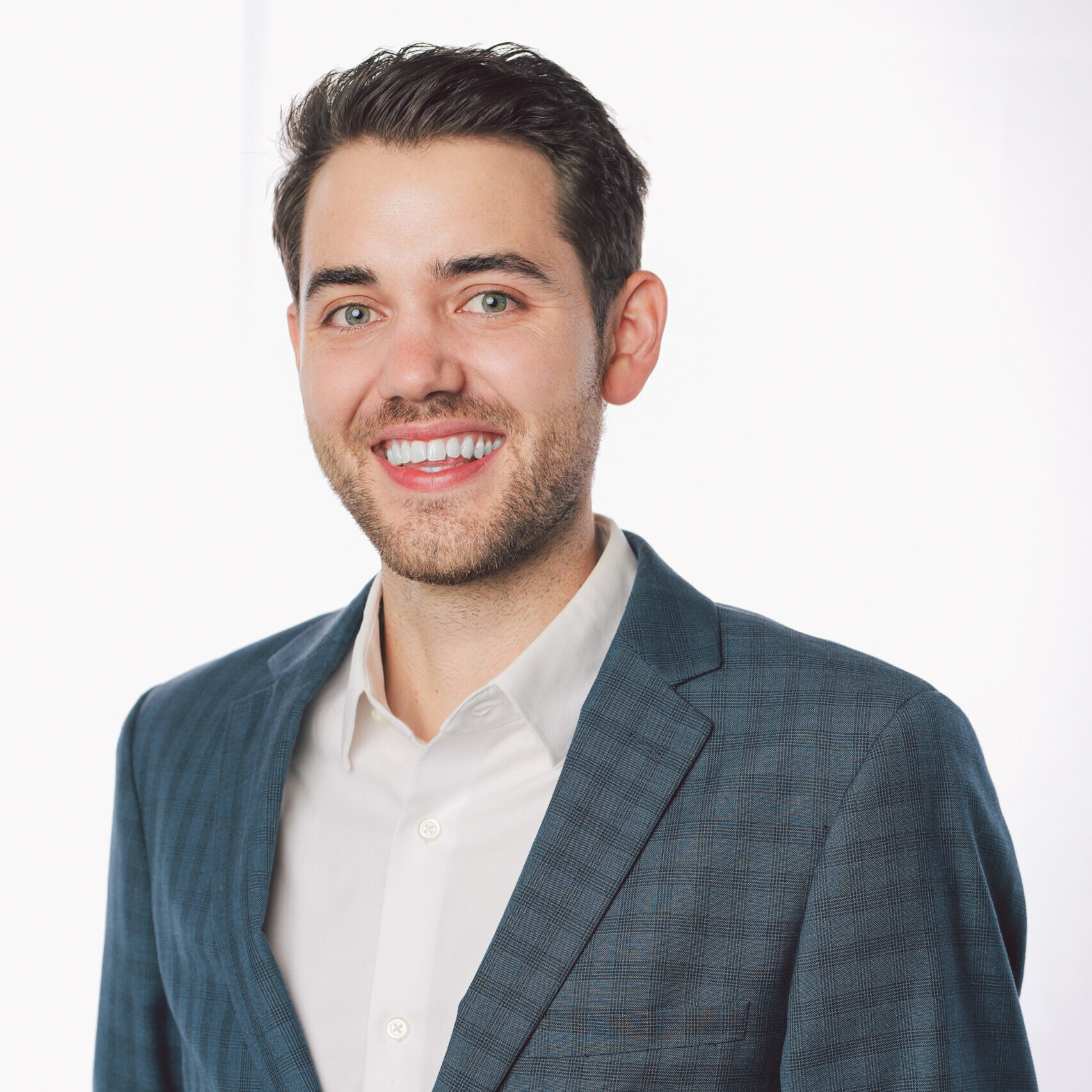
Mason Pashia
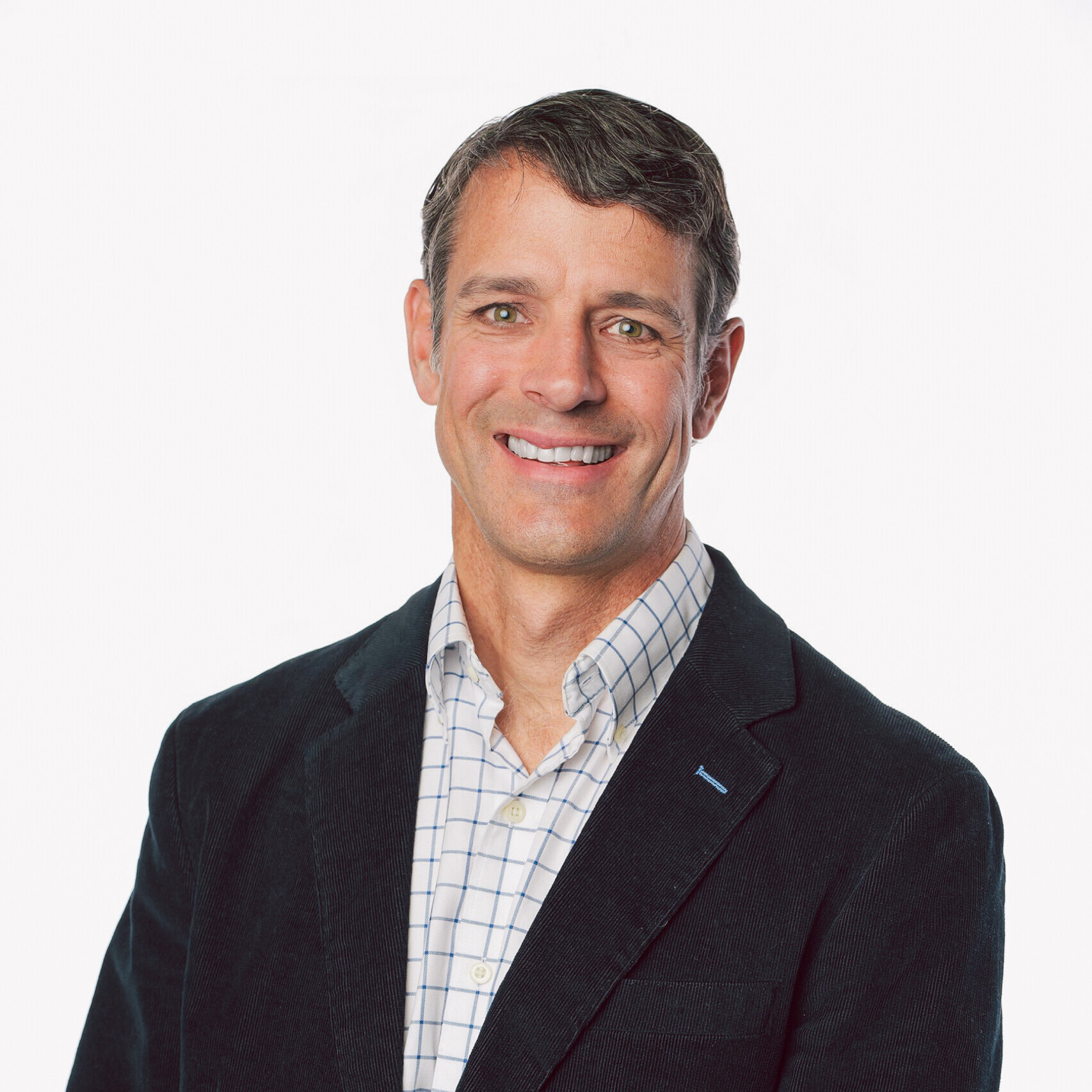





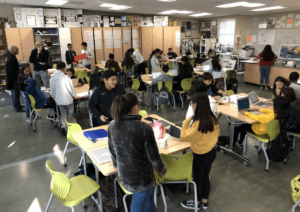
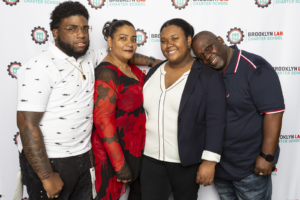
0 Comments
Leave a Comment
Your email address will not be published. All fields are required.